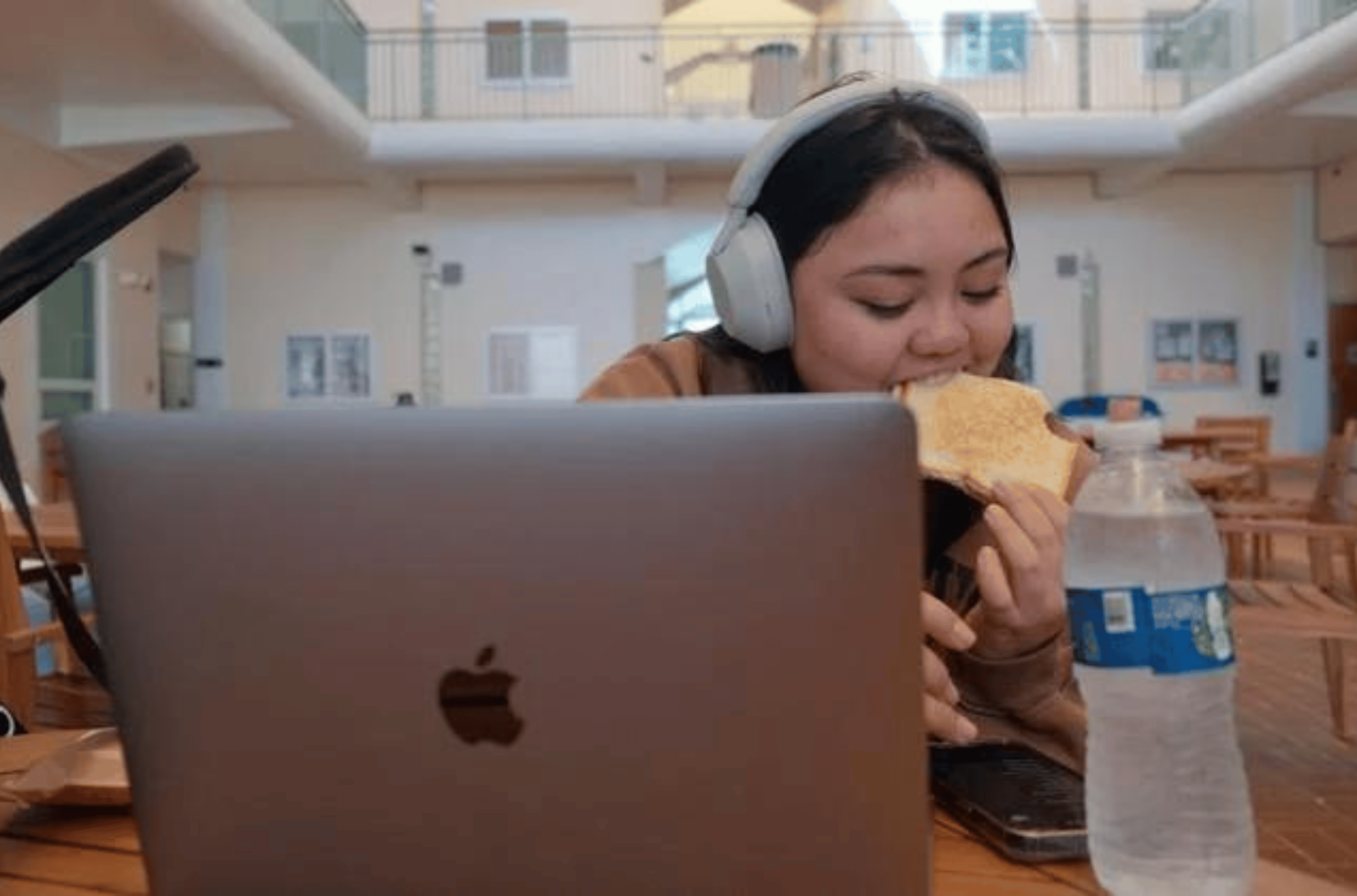HAGÅTÑA (The Guam Daily Post) — A town hall meeting was held to discuss the island’s first long-term government plan toward achieving digital equity.
Guam’s five-year broadband plan, or the Digital Equity Plan, proposed by the Guam Broadband Office, if approved by the National Telecommunications and Information Administration, could infuse several millions of dollars into the island’s digital equity capacity for the duration of the plan.
Melissa Bettis, the acting special assistant to the Office of Infrastructure Policy and Development who led the town hall meeting on Friday evening, noted that the exact amount of funding is pending an announcement from the NTIA.
Territories such as Guam get a set-aside of not less than 1% of available digital equity funding, which nationally totals $1.44 billion.
“Because we believe everyone on island is from a covered population, we requested that the NTIA take that into consideration and give us additional funding. But again, we still don’t have the exact amount,” Bettis said.
The funding can be used for various purposes aimed at promoting digital equity for underserved populations through access to technology and digital resources, according to Bettis.
“For example, grants can support the purchase of devices such as computers, laptops, tablets or smartphones for individuals that lack access to that technology. And funding can be allocated to develop and deliver digital literacy programs, trainings and workshops to help individuals become proficient in using digital tools and navigating the internet,” Bettis said.
Digital equity is the condition in which individuals in communities have the information technology capacity that is needed for whole participation in society and the global economy, she said.
Key principles include equal access to digital technology, promoting digital literacy and skill development, addressing affordability barriers and fostering inclusion and participation in the digital environment.
The Guam Digital Equity Plan’s vision includes reliable and affordable home internet, Bettis said, which includes making sure the hardware – phones, tablets and the like – is affordable.
For broadband affordability and availability, the long-term goal is “to increase broadband reach to 98% of all households and businesses on Guam by 2029,” she said.
“According to the U.S. 2020 census, just about 86% of households in Guam currently have a broadband internet subscription,” Bettis said.
Through Guam’s plan, basic free wireless broadband would be provided to the island population, she said.
“We are still exploring how we can do that. So maybe (a) public-private partnership. It could be sponsored Wi-Fi,” Bettis said.
The plan also includes low-cost internet subscriptions and middle-class affordability options through local carriers and free hot spots across the island.
Guam’s digital equity plan took a year to put together, said Bettis. It included input from stakeholders including island mayors, nonprofit organizations and work force development providers, among others.
A series of village town hall meetings were held and will continue into second and third rounds of community engagement as part of the digital equity plan development, Bettis said.

Taijah-Rai Arce, a University of Guam student, uses her phone and laptop in between classes at the Mangilao campus on Thursday, Feb. 22, 2024.











